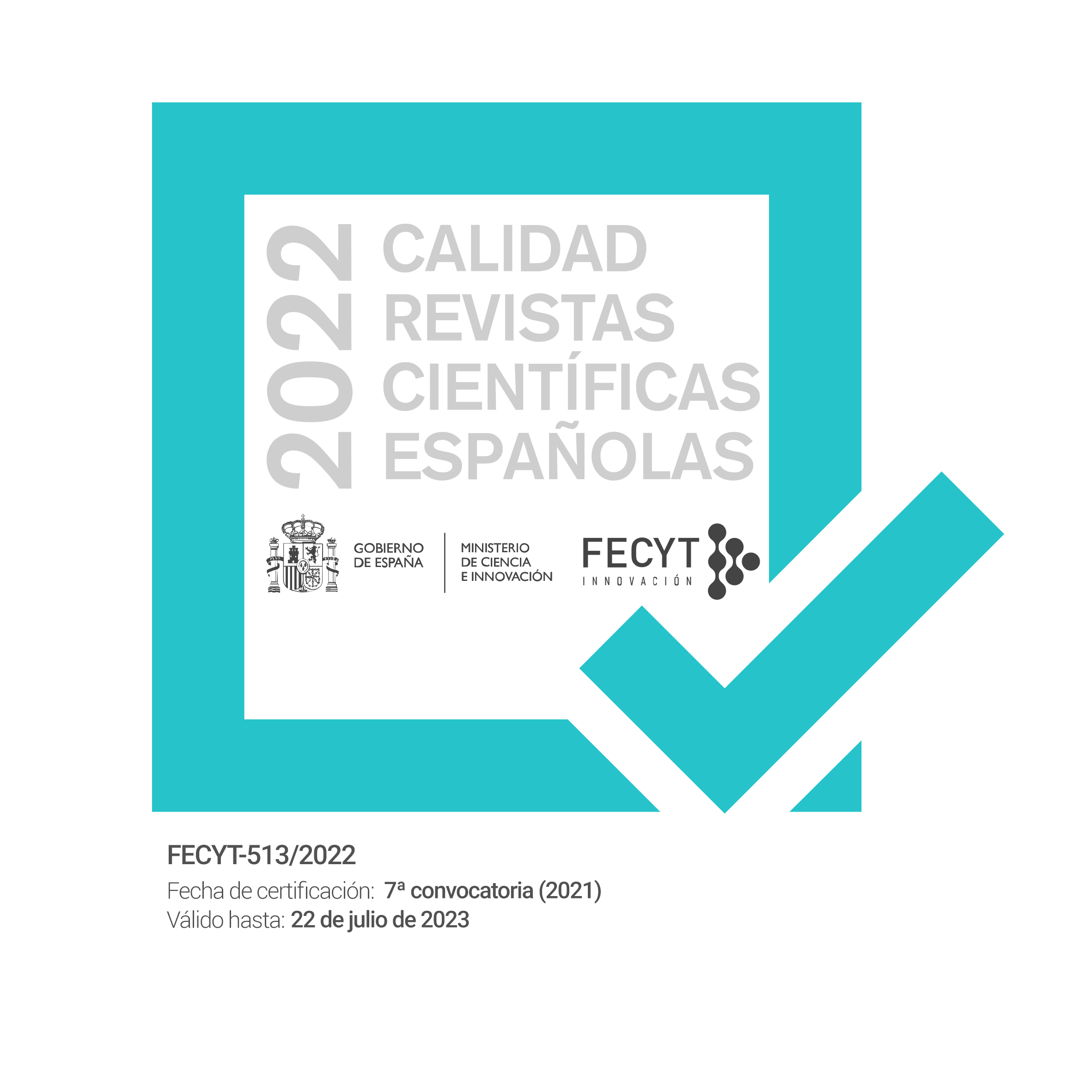ESTILOS DE APRENDIZAJE: SIMBOLISMO ESPACIAL
DOI:
https://doi.org/10.55777/rea.v4i7.929Palavras-chave:
Estilos aprendizaje, Grafología, escuela, enseñanza-aprendizajeResumo
RESUMEN Durante años, han sido y siguen haciéndose investigaciones y trabajos sobre los estilos de aprendizaje, sobre cómo se enseña, sobre cómo se debería hacer para aprender mejor, para que el día de mañana nuestros hombres y mujeres sean más competentes en cualesquiera de las situaciones que la vida les plantee, aunque en muchas ocasiones se piense que sólo es en el ámbito profesional.
Las representaciones gráficas también forman parte de la manera en cómo se pretende hacer entender lo que se pretende explicar, y ahí surgen las expresiones simbólicas, una cebolla, una cruz, una rosa de los vientos, … Pero no sólo han sido los estudiosos de los EA, cualquier persona utiliza en sus expresiones y en sus forma de comunicación no verbal, gestos y formas con las que transmitir lo que piensan, sienten, hacen, desean,… y al utilizar un útil de escritura y dejar sus marcas sobre el papel, van a proyectarlos y es ahí donde entra la Grafología (aunque no solo) al intentar explicar cómo somos y cómo nos proyectamos.
La propuesta de este trabajo es la de “re-orientar” los esquemas de los modelos empleados en los EA, para que si bien no hay cambios, si se propone una reubicación en base a la psicología y nuestra propia forma de hablar, de pensar, de hacer y de expresarnos.
LEARNING STYLES: SPATIAL SYMBOLISM
ABSTRACT For years, research and studies have been and continue to be done on learning styles, teaching methods, and how to learn more effectively, so that in the future our men and women will be more competent in any of the situations that life presents them with, although in many cases it is thought that these competencies only apply to the professional environment.
Visual representations are also part of how one attempts to make clear that which is being explained, and it is here that symbolic expressions arise: an onion, a cross, a wind rose. But this not only applies to the scholars of EA: everyone uses gestures and mannerisms in their form of expression and nonverbal communication to convey what they think, feel, do, and desire. And when they use a writing instrument and leave their marks on paper, all of this will be projected. This is where graphology (but not only graphology) comes in: when trying to explain who we are and how we project ourselves.
The purpose of this study is to "redirect" the schemes of the models used in the EA, so that even if in the end no explicit changes are made, a schematic repositioning of these models – one based on psychology and our own way of speaking, thinking, acting and expressing ourselves will have been proposed and considered.
Downloads
Downloads
Publicado
Como Citar
Edição
Secção
Licença
Ao submeter o original, o(s) autor(es) declara(m) ter conhecimento e aceitar, na íntegra, a política de privacidade, bem como os direitos de autor da Revista Estilos de Aprendizagem.
A Revista Estilos de Aprendizaje oferece acesso livre e gratuito ao seu conteúdo, a fim de levar a investigação científica aos seus leitores e à sociedade em geral. Todo o conteúdo digital é de acesso livre e gratuito e é publicado sob uma licença Creative Commons:

A cessão de direitos é feita sob a licença Creative Commons Reconocimiento-NoComercial-SinObraDerivada 4.0 Internacional (CC-BY-NC-ND 4.0)
The Learning Styles Magazine é uma revista de acesso aberto. A publicação de artigos ou resenhas na Revista não lhe dá direito a qualquer remuneração. Da mesma forma, tanto para os autores como para os leitores, a revista é gratuita Creative Commons Reconocimiento-NoComercial-SinObraDerivada 4.0 Internacional (CC-BY-NC-ND 4.0).
Com Esta licença permite a reprodução e divulgação do conteúdo da revista para transmissão educativa, social e de conhecimento, sem fins lucrativos e desde que não sejam modificados, citando a origem e a autoria. A licença concedida à Revista Estilos de Aprendizaje permite a cópia e distribuição do conteúdo da revista, desde que a autoria da obra seja reconhecida, especificando correctamente o autor e a entidade editora. A obra não pode ser utilizada para fins comerciais, nem pode ser alterada, transformada ou gerada a partir desta obra. A publicação de artigos ou resenhas na Revista não dá direito a qualquer remuneração.
A Revista Estilos de Aprendizagem convida o autor/autores a aumentar a visibilidade e o âmbito dos seus artigos publicados através da sua redifusão em:
- Espaços Web e redes pessoais, bem como em reuniões e fóruns científicos
- Arquivos institucionais abertos em Universidades, repositórios educacionais e Centros de Investigação
- Redes académicas e científicas (Researchgate, Academia.edu, Plubons, etc.)
Todos estes espaços e publicações devem incluir todos os dados bibliográficos da publicação.
























